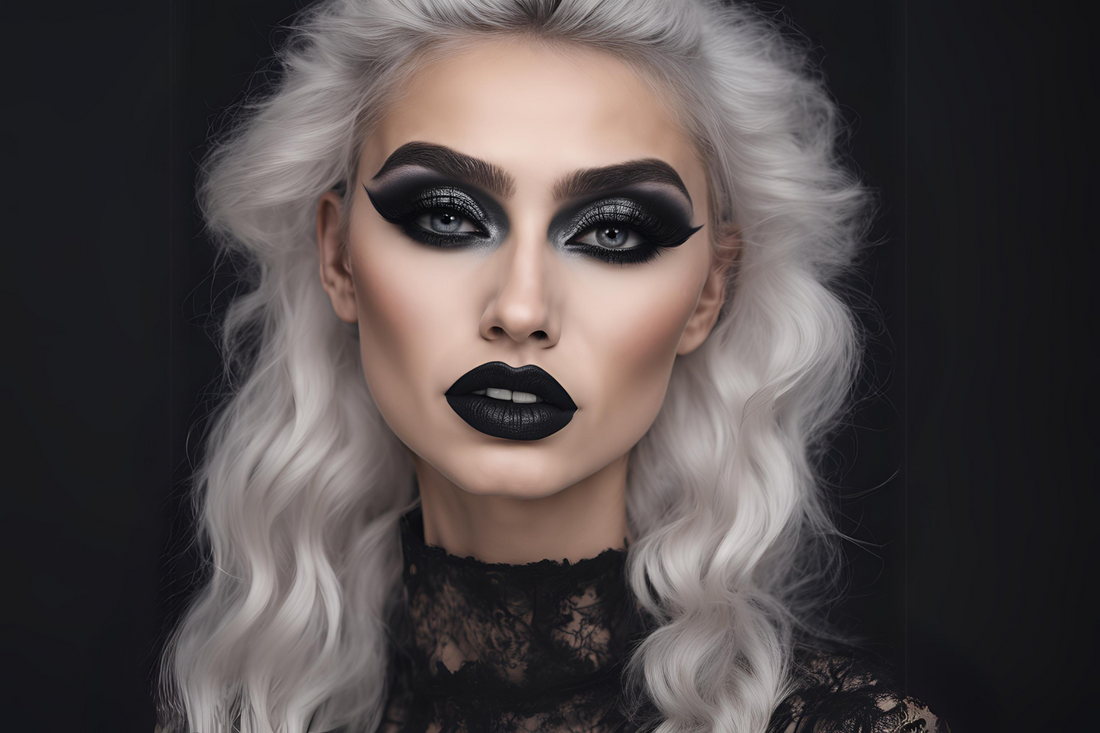
The Dark Allure: A Brief History of Goth Makeup
Share
Goth makeup has long been synonymous with rebellion, mystery, and artistic self-expression. Its origins trace back to the late 1970s and early 1980s, when the goth music and post-punk scenes began to rise, led by influential figures like Siouxsie Sioux of Siouxsie and the Banshees and Robert Smith of The Cure. Their stark, otherworldly makeup—pale skin, heavily rimmed eyes, and dark, dramatic lips—became iconic, mirroring the melancholic yet romantic ethos of goth culture.
Rooted in a blend of Victorian fashion, horror cinema, and 1920s silent film stars like Theda Bara, goth makeup took elements of the past and reshaped them for a modern, rebellious youth. The use of pale foundation or white powder symbolized both fragility and otherness, a stark contrast to mainstream beauty ideals. Bold black eyeliner, often exaggerated into winged designs or smoky shadows, was paired with rich shades of burgundy, purple, or jet-black lipstick to emphasize the wearer’s connection to the macabre.
As the goth subculture evolved through the 1990s and beyond, makeup brands like Manic Panic and Stargazer emerged, offering products specifically tailored for the goth and alternative communities. These brands helped cement the aesthetics of goth makeup, offering extreme pigments, shimmering powders, and ultra-dark shades that couldn’t be found in mainstream beauty lines.
In modern times, goth makeup has seen a resurgence, with newer substyles like “pastel goth” and “nu-goth” blending dark, brooding aesthetics with modern trends. Whether it’s minimal and sleek or extravagant and theatrical, goth makeup continues to captivate and inspire, standing as a timeless and powerful form of self-expression in alternative culture.

